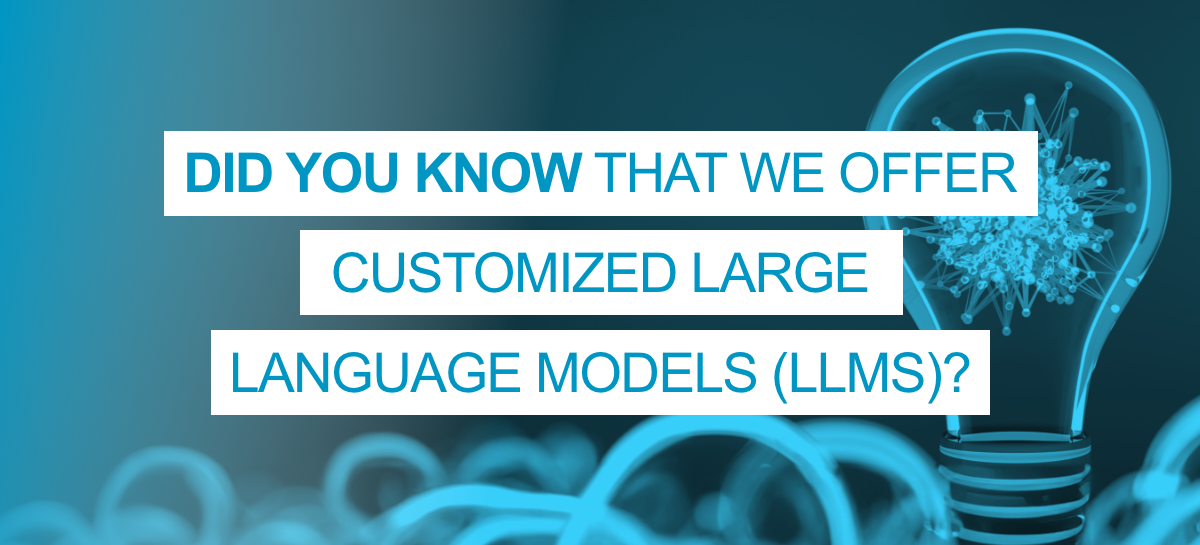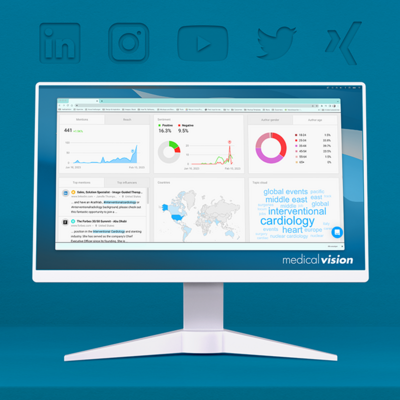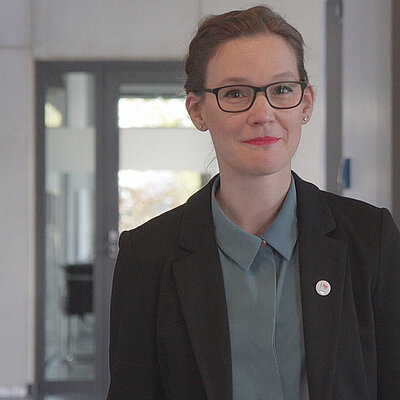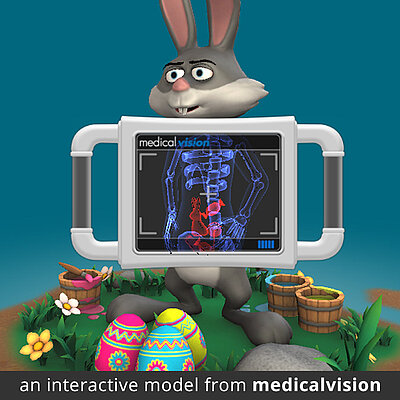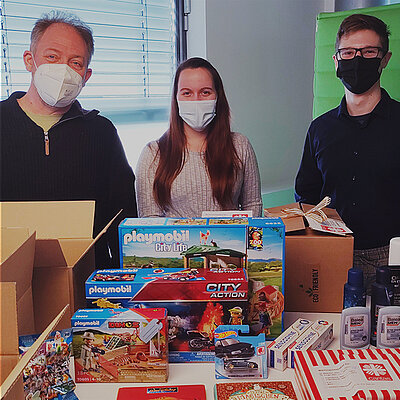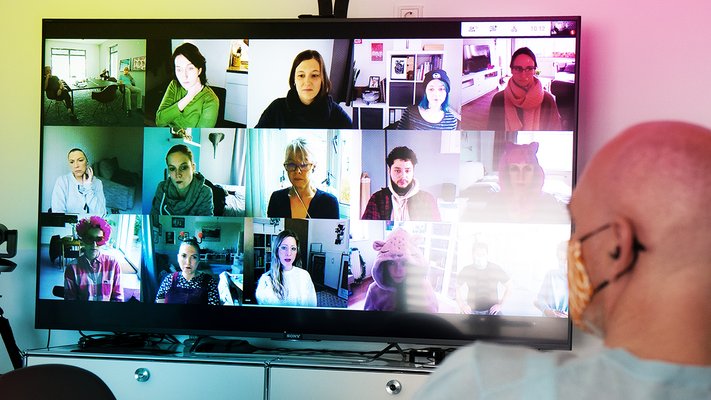Computational Linguistics (NLP) has undergone a significant transformation in recent years due to the emergence of so-called Large Language Models (LLMs). These powerful tools have achieved previously unattainable performance in a variety of computational linguistic tasks, from language translation and text summarization to sentiment analysis and conversational applications (chats). But what exactly are LLMs, and how do they impact our professional and everyday lives?
At their core, LLMs are a form of artificial intelligence (AI) designed to process and understand human language. They are trained on vast amounts of text data, which enables them to learn the patterns and structures of a language. This training allows LLMs to generate coherent and contextually relevant text, making them incredibly useful for a myriad of applications. For instance, they can be used to develop personalized language assistants, automate content production, and even provide real-time customer support.
One of the key factors behind the success of LLMs is their ability to recognize, "understand," and utilize complex relationships and connections between words over extended text. This is achieved through the use of transformer-based architectures, a type of neural network specifically developed for NLP tasks.
The impact of LLMs is being felt across numerous industries and disciplines. In customer service, for example, LLMs can be trained on large volumes of customer data, enabling the identification of customer needs and preferences with precision that was previously unthinkable. This allows for personalized and effective real-time customer support. Similarly, in language translation and localization, LLMs develop a deep understanding of linguistic nuances and subtleties, resulting in increasingly accurate and effective translations.
Despite the numerous advantages that large language models offer, there are also technical limitations and constraints. LLMs require vast amounts of high-quality training data to learn and improve – this data must be accurate, neutral, and unbiased. If this is not the case, LLMs can inherit existing prejudices, stereotypes, and inaccuracies, leading to incorrect or biased results and decisions. Furthermore, LLMs can be vulnerable to attacks aimed at manipulation or deception. Last but not least, the training and deployment of AI models consume large amounts of energy, negatively impacting the climate footprint unless environmentally friendly energy sources are used.
As development and improvement continue, we can expect even more innovative applications and uses. Key areas of research with high development potential include creating LLMs that are more transparent and understandable, as well as developing models that are more resistant to manipulation attempts and less susceptible to misuse; for instance, instructions for building weapons or manufacturing chemical weapons and drugs.
The release of LLaMA 3.1 in July 2024, an open and free state-of-the-art language model currently considered the leading AI and language comprehension model, was a significant milestone in the democratization of AI technology. By providing LLaMA 3.1 to everyone, Meta (owner of Facebook) enables researchers, developers, and companies to push the boundaries of what is possible with AI. This release has the potential to accelerate progress in various fields – natural language processing, computer vision, healthcare, education – and, in many cases, make it possible in the first place; for most companies and organizations, it is not practical to train a new AI from scratch.
Overall, large language models are revolutionizing the vast field of language processing and have a significant impact on various areas of our lives. While there are challenges and limitations to consider, the future of LLMs is promising, and the potential is enormous. As LLMs continue to be developed and improved, we can expect more and more useful applications and possibilities that will forever change how we interact with language and technology in both professional and everyday settings.

